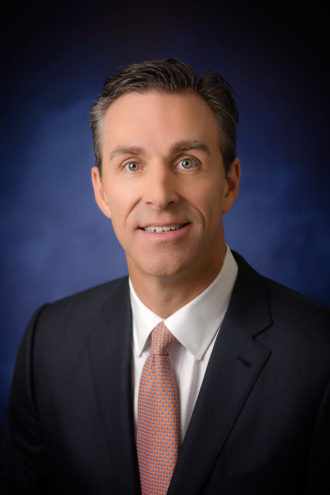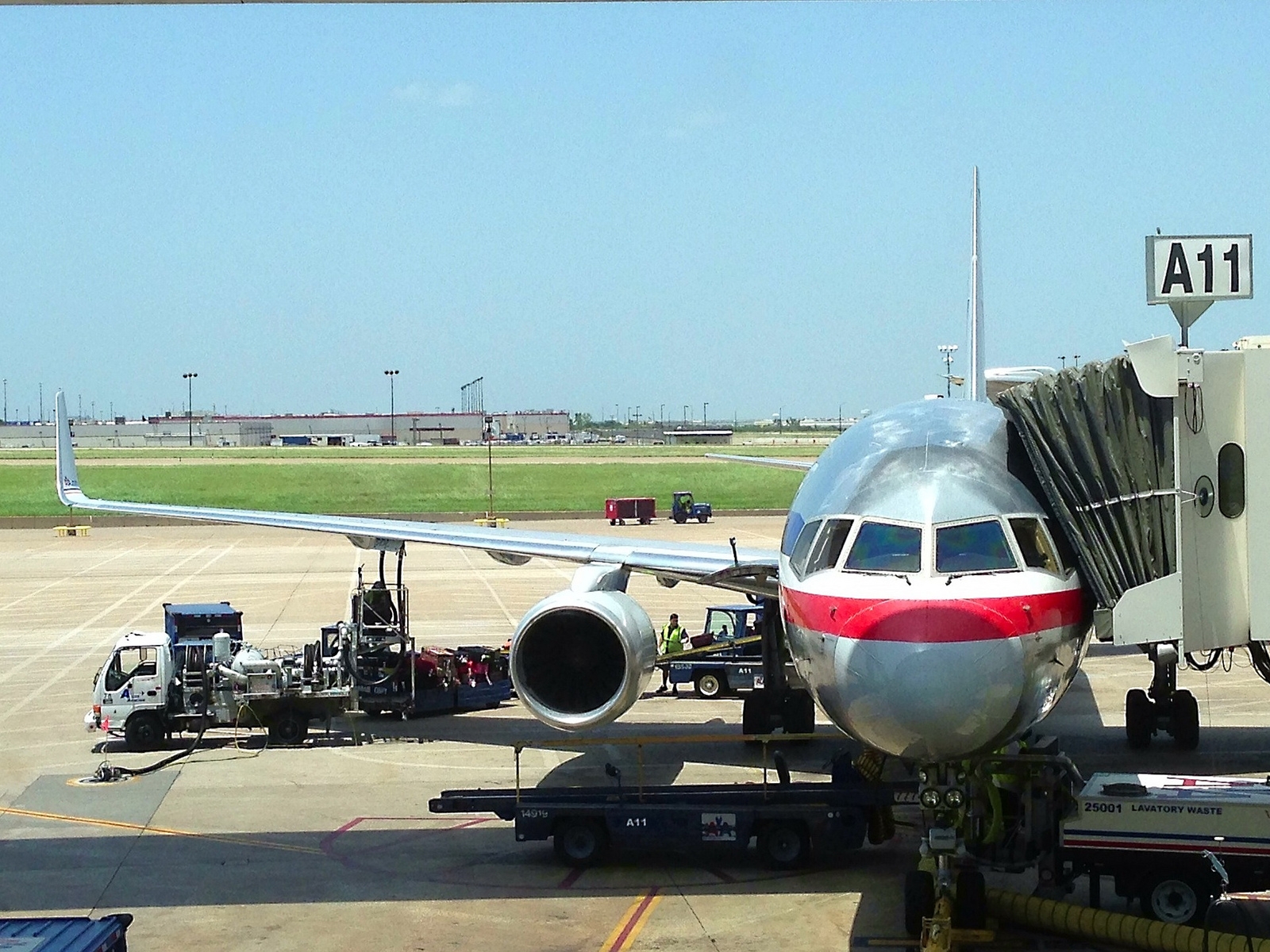“Good morning, Captain. Flight 2277, nonstop service from Fort Worth Meacham International Airport to Las Vegas McCarran International Airport. You’re cleared for take-off.”
This imaginary conversation would be music to my ears for many reasons, but mainly because it would mean I wouldn’t be fighting traffic to Dallas/Fort Worth International Airport to get to some mundane place like Omaha. (Sorry, Omaha.)
 Every day I read a new story about the growth of North Texas, regarding an influx of new residents or new companies relocating here. Following these stories comes articles of gridlock, congestion, and the merits of light rail versus high-speed rail and now versus hyperloop. (Can someone explain this to me?)
Every day I read a new story about the growth of North Texas, regarding an influx of new residents or new companies relocating here. Following these stories comes articles of gridlock, congestion, and the merits of light rail versus high-speed rail and now versus hyperloop. (Can someone explain this to me?)
Recently, a new story has my attention. Allegiant Air, Frontier Airlines, and a potential startup Moxy Airways are all exploring starting operations at Fort Worth’s Meacham International Airport. Meacham, located about 10 minutes north of downtown Fort Worth, has not had commercial passenger airline service since 1998 with the short-lived Mesa Airlines. I flew it once.
The airline industry doesn’t explore adding service to other airports in a region with the likes of DFW Airport, which is the fourth busiest U.S. airport, and Dallas Love Field, the 31st busiest U.S. airport, already well established, unless they understand the aforementioned explosive population growth and the problems that come with it.
Cities and regions with three or more airports each servicing more than 300,000 commercial airline passengers annually is a Who’s Who list of the largest MSAs in the country. Those include New York (with seven airports), Los Angeles (five), and San Francisco, Miami, Boston, Washington DC and Tampa (all with three each). Dallas-Fort Worth is the fourth largest MSA ,and is growing exponentially faster than many others in the Top 20. It only makes sense to add another airport, given that our geographic coverage area is almost 1,800 square miles.
Although it may be two or 10 years or never before Meacham begins commercial air service, our region does have experience adding another national/international airport. Prior to 2014, Dallas Love Field was a regional airport, but with the expiration of the Wright Amendment, Love’s traffic soared more than 70 percent with little impact on DFW Airport travel. DFW Airport continues to be without peer as the leading economic generator in North Texas at $37 billion. With approximately 25 percent of the traffic of DFW, I have to imagine Dallas Love Field, though unmeasured (at least that I could find), also has a multi-billion-dollar impact on the region.
More than ever before, the world is about connectivity with efficiency, whether by air or land. One of the largest deciding factors behind many corporate relocation decisions—after labor and taxes—is air travel capabilities and efficiencies. To be successful and accretive to the region, new service and routes out of Meacham would have to be complementary to those currently being offered and have the potential to save customers hours from their current airport commute.
With another estimated 4 million folks being added to our region in the next 30 years and Meacham already in the works, it might be time to plan for the fourth airport. In the meantime, let me dream of short commutes from Meacham to McCarran, New York, Eagle County, and Los Cabos.
David Walters is a Senior Vice President with CBRE in Fort Worth.





